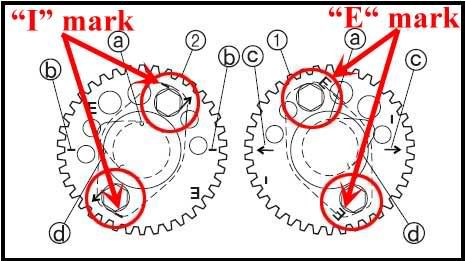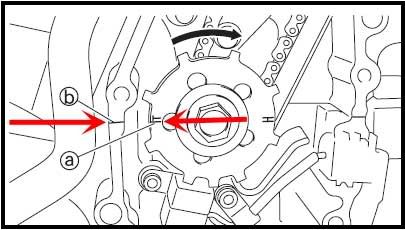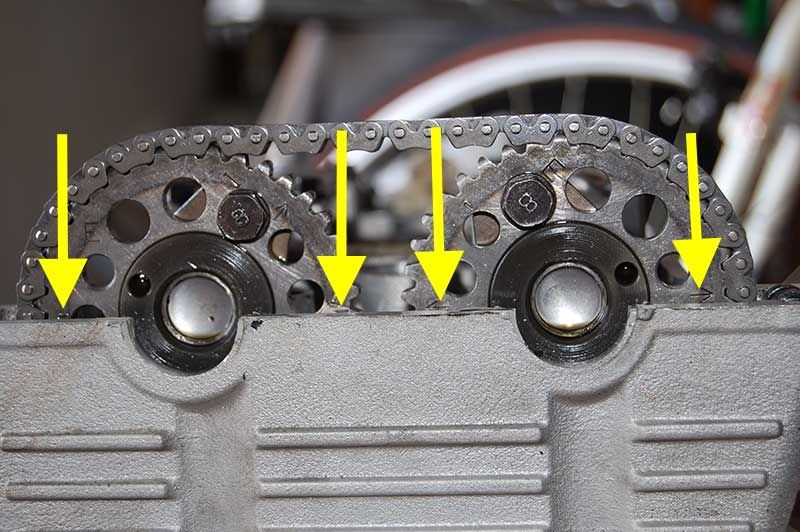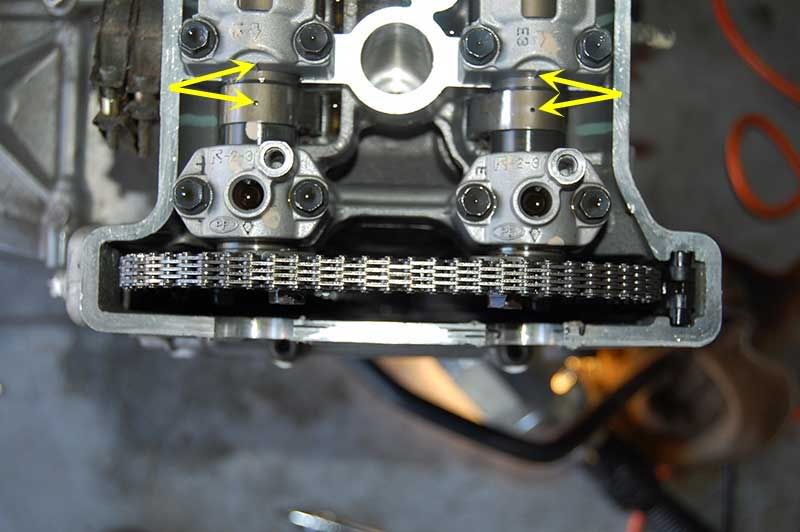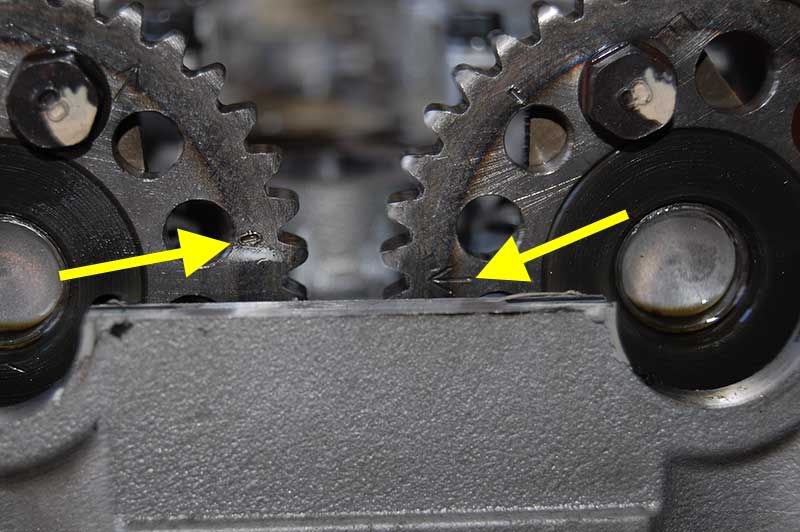bhkfjr
Well-known member
Just got my bike back from the dealer today. Was having that loose chain noise (started at about 60k) and seemed to be getting louder now at 76k. Tried replacing just the tensioner first but it skipped a tooth on the sprocket. Bike would not idle and ran pretty rough... oops. Well since it was in the shop already I had a new chain, sprockets, gaskets, etc. overnighted so we could do chain replacement and valve check.
Now....no more noise, bike sounds like new, idles smooth but as someone else posted just doesn't feel as strong. Roll-ons in 2nd are just o.k. not the usual front end gets light smooth rush of power as before. Something is a little off but it wouldn't be noticeable if you're not familiar with an FJR. (valves were all in spec)
My question is if the exhaust or intake cam were off by a tooth what would the symptoms be? I know if the chain skips a tooth on the crank it's pretty obvious but is it a really subtle difference if it's off on one of the others. Is there a way to diagnose without going back into the motor? The mechanic that did the work is very good as is the dealer but s..t happens.
If I take it back to re-check the work and everything is in the proper position I'm out about $300. so I'd like to be a little more convinced that the cams may be an issue. I,m anal about my ride (you guys know what I mean) and this kind of thing makes me crazy!
Now....no more noise, bike sounds like new, idles smooth but as someone else posted just doesn't feel as strong. Roll-ons in 2nd are just o.k. not the usual front end gets light smooth rush of power as before. Something is a little off but it wouldn't be noticeable if you're not familiar with an FJR. (valves were all in spec)
My question is if the exhaust or intake cam were off by a tooth what would the symptoms be? I know if the chain skips a tooth on the crank it's pretty obvious but is it a really subtle difference if it's off on one of the others. Is there a way to diagnose without going back into the motor? The mechanic that did the work is very good as is the dealer but s..t happens.
If I take it back to re-check the work and everything is in the proper position I'm out about $300. so I'd like to be a little more convinced that the cams may be an issue. I,m anal about my ride (you guys know what I mean) and this kind of thing makes me crazy!





















































